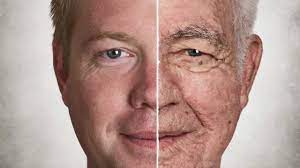Get to known on stretch mark!
Stretch marks, medically known as striae or striae distensae, are a form of dermal scarring that occurs when the skin stretches or shrinks rapidly. This sudden change causes collagen, elastin, and fibrin in the dermal layer to tear, leading to a healing process that transforms over time from fresh marks (pink/reddish brown) into older, faded ones (silver-white).
Types of Stretch Marks
1. Striae Rubra (Early Stage)
- Color: Pink, red or purple
- Texture: May feel slightly raised, itchy, or tender.
- Treatability: Easier to treat at this stage
2. Striae Alba (Late stage)
- Color: White or silvery
- Texture: Flat, indented, and less responsive to treatment but can be faded
- Focus of Treatment: Improving skin elasticity and texture
What causes stretch marks?
1. Genetic: If parents or siblings have stretch marks, one may be more likely to have it.
2. Pregnancy : due to rapid weight gain and hormonal changes.
3. Puberty: growth spurts stretch the skin quickly.
4. Obesity or rapid weight changes, body builders are prone to have stretch marks too as of the rapid weight changes.
5. Bodybuilders are prone to have stretch marks.
6. Medical conditions (e.g., Cushing's Syndrome, Marfan syndrome).
7. Long term use of steroid-containing creams or oral corticosteroid: weakens skin structure causing thinning of skin.
Prevention Tips
1. Stay Hydrated: Helps to support skin elasticity.
2. Moisturise regularly: Use creams with hyaluronic acid, shea butter or cocoa butter.
3. Gradual Weight Management: avoid sudden weight gaining or weight losing.
4. Balanced Diet: Diet that is rich in vitamins (A,C,E), zinc and protein.




Comments
Post a Comment